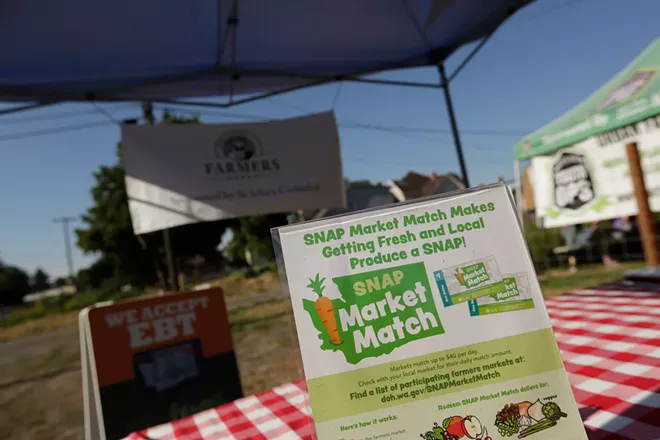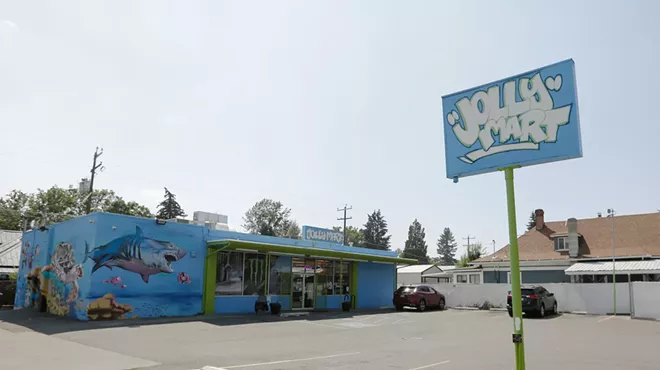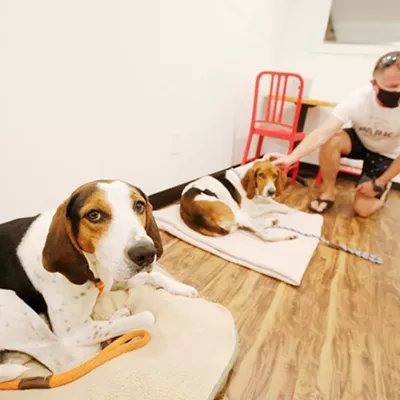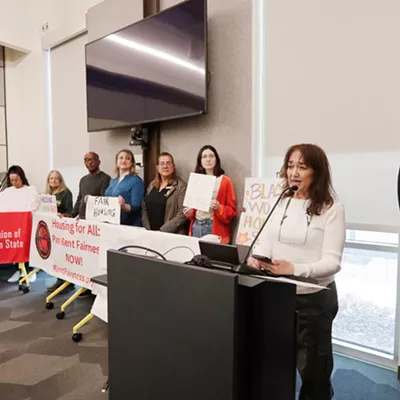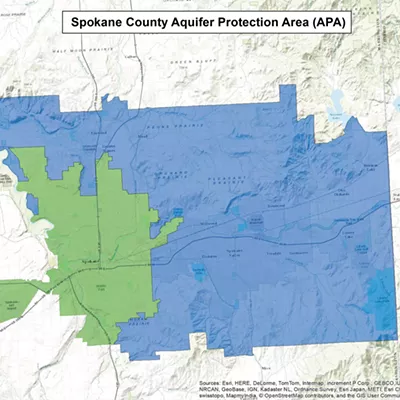Imagine walking into a supermarket. Do you have a plan? What do you grab first? Do you walk down each aisle? Do you keep your eyes level, or look at the top and bottom shelves? Do you notice sale stickers? Do you know how much time you have to cook this week?
Even if someone is in a grocery store with food they can afford, shopping and meal prep take a lot of know-how. Some food-security advocates are focused on providing people with the knowledge to put together nutritious meals on a budget. Having nutritious food on hand that you look forward to eating can improve a diet, reduce food waste and reduce food spending, according to Kylie Pybus, an extension coordinator specialist at WSU for the federal Expanded Food and Nutrition Education Program (EFNEP).
"There are so many ways to be healthy and have adequate food," Pybus says.
The program runs adult and youth programs that help participants get the most out of their food budget, avoid relying on emergency food sources and build healthy, enjoyable meals. Pybus considers food insecurity a systemic policy and wage issue. Even so, usually it's possible to feed your family, even on a tight budget, she says.
Incentives like produce and market matching programs can make buying fresh produce more rewarding for families that use Supplemental Nutrition Assistance Program (SNAP) benefits. These programs double the amount of produce users can buy in the grocery store or at farmers markets like those at West Central Abbey and the Kendall Yards Night Market, which helps stretch food budgets while improving diet.
When EFNEP starts a food education class, instructors ask participants what they like to eat or what their favorite childhood meal was. Then, they think together of ways to include more servings of vegetables or fruits in those meals, and how to have that kind of food ready quickly, even in five minutes or less, according to Pybus.
Although it's difficult to measure nutrition security, EFNEP surveys adult and youth participants before and after their programs. In 2021, EFNEP directly or indirectly impacted over 2,200 family members. At the end of class, 96 percent of survey participants were eating more fruits and vegetables, and 91 percent were getting more out of their food budget from improved price comparison and meal prep skills, according to EFNEP data.
Second Harvest also has an educational kitchen program that aims at "maximizing the monetary and nutrition value of everything in your kitchen," says Eric Williams, director of Second Harvest's Community Partnerships program.
For example, lentils are extremely nutritious and available, especially because Washington farmers produce a large amount of the legume. But not many people like to eat lentils, or at least they think they don't, because they don't know how to prepare them. A cooking class can change this.
But food doesn't just have a price sticker — it has a time cost as well, notes Pablo Monsivais, an associate professor in the Department of Nutrition and Exercise Physiology at Washington State University. Buying fresh produce or raw ingredients is a non-starter for some families, he says. Low-income families may be pressed for time as well as dollars, and nutritious food may be inaccessible simply because of the time it takes to prepare.
Matching SNAP benefits at markets is great, but nearby supermarkets are vital to food and nutrition security because they often provide quick, ready-made meals for busy families, Monsivais says. He thinks the next step in nutrition security is the availability of low-cost, healthy premade food.
"It's an interesting situation in our food environment," says Monsivais. "Affordable, convenient food is pretty much unhealthy."
In order to pursue equity, advocates for nutrition security should consider and lessen the time barrier to healthy eating.
"I would love to see fast food healthy," he says. ♦

